Plastic Pollution Is Turbocharging Bacterial Growth. The Solution May Be to Add More Bacteria.
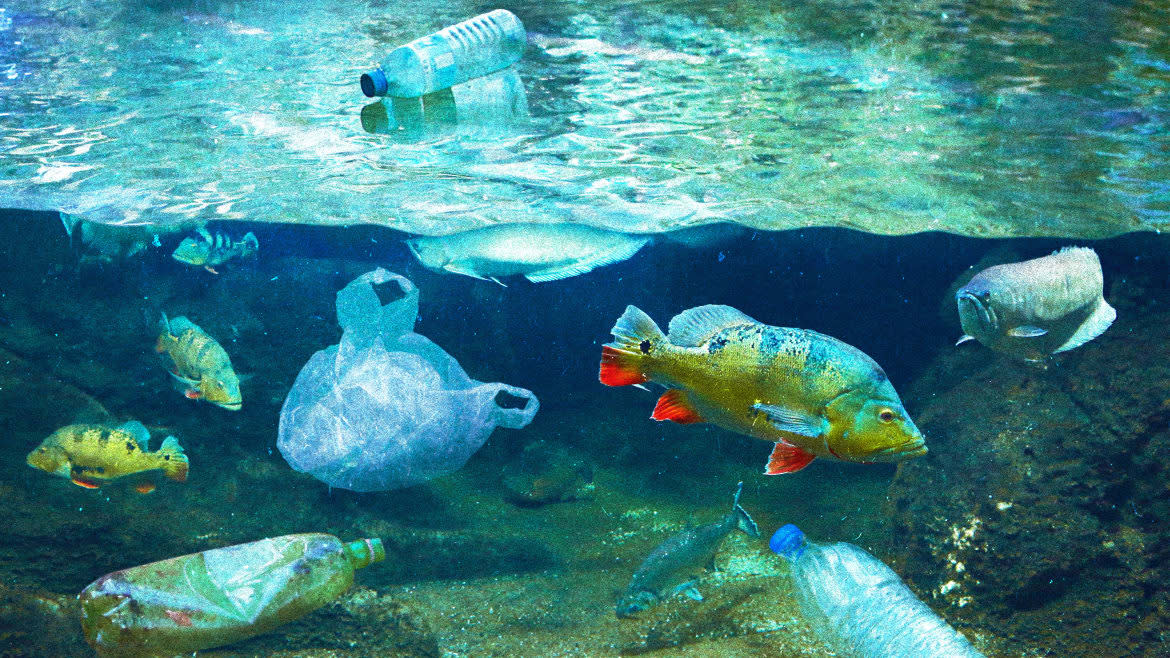
When it comes to plastic pollution in bodies of water, turtles ensnared in six-pack rings merely skim the surface. Many don’t realize that invisible chemicals leach from microplastics and full-sized plastic refuse left baking in the sun, disrupting aquatic ecosystems from the bottom up.
A new study measured the impact of plastic bag chemicals on some of lakes’ smallest residents, finding that the leached chemicals boosted the growth of bacteria when compared to distilled lake water alone. To stem an overgrowth, bioremediation solutions could add even more bacteria to the affected ecosystems, the evolutionary biology researchers propose in a new study published Tuesday in Nature Communications.
Writ large, the research shows how badly we’re messing up the planet with our actions, senior author and University of Cambridge global change ecology researcher Andrew Tanentzap told The Daily Beast. “We’re potentially changing the whole food web,” he said.
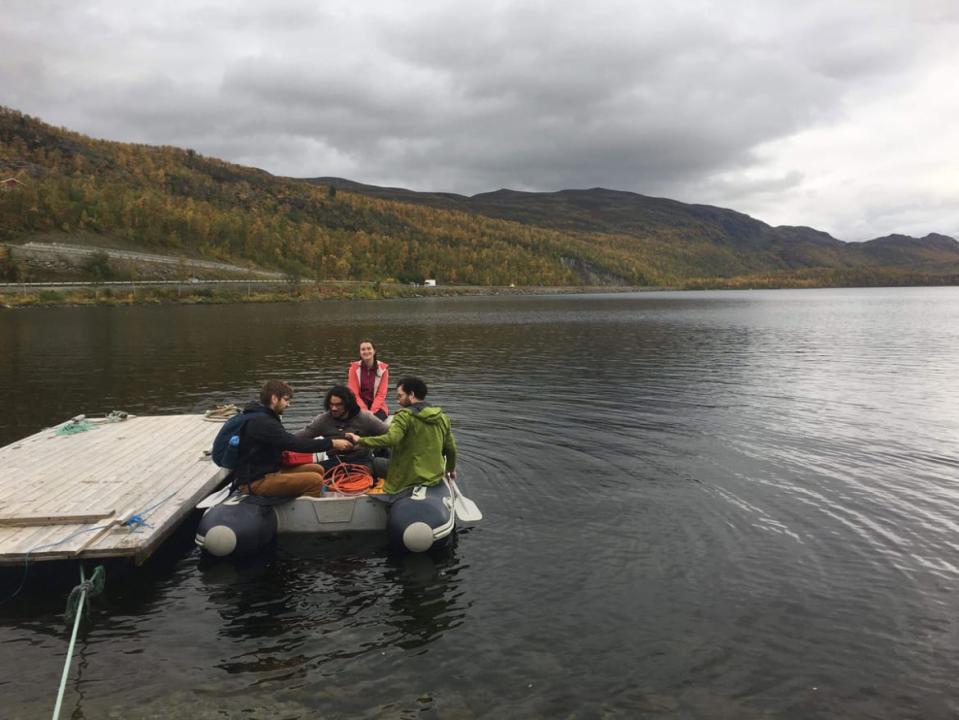
Andrew Tanentzap, Jeremy Fonvielle, Sam Woodman, and Eleanor Sheridan carrying out sampling.
To pinpoint the impact of the leached plastic chemicals, Tanentzap’s team first sourced plastic bags from the British shopping chains John Lewis, Superdrug, Clintons, and Next, and left small samples of the bags under an LED lamp while immersed in water for seven days. They filled Nalgene bottles with surface water from 29 different Scandinavian lakes and added the bacteria from each of the samples into distilled water and water with the leached plastic bag chemicals.
Lake bacteria grew on average more than twice as fast in the chemical water, even though the concentrations added were less than 10 percent what they would be in the lakes. Future work is needed to determine why the plastic bag chemicals caused such a drastic shift in growth, but Tanentzap theorized that the low concentration of chemicals might “prime” the bacteria for rapid metabolism.
“Let’s say you’ve got some celery, and celery is really nasty, full of long fibers and really hard to digest, but I dangle some maple syrup in front of you to get your appetite going,” Tanentzap said. Once you’ve exhausted the maple syrup, you might still be hungry—plus, you’ll have a bit of extra energy, perfect for digesting long fibers. “Now you’re going to break into that celery,” he said.
Bacterial overgrowth could do a number on a body of water’s ecosystem, but researchers don’t yet know the full consequences of these plastic bag chemicals as they accumulate in larger organisms that feed on bacteria and work their way up the food chain, Tanentzap said.
But, counterintuitively, the bacterial growth might be a positive sign, too, since it signifies that the plastic chemicals are being broken down and potentially degraded. The researchers determined the level of species diversity present in their lake samples, finding that more diverse communities were given bigger boosts in growth by the chemicals. Given enough time—and potentially aided by bacteria known to break down plastic—these bacterial communities could metabolize enough of the chemicals to stop their own growth from ballooning out of control. Environments that lack in bacterial diversity, on the flip side, may benefit the most from human-led cleanup efforts, Tanentzap said.
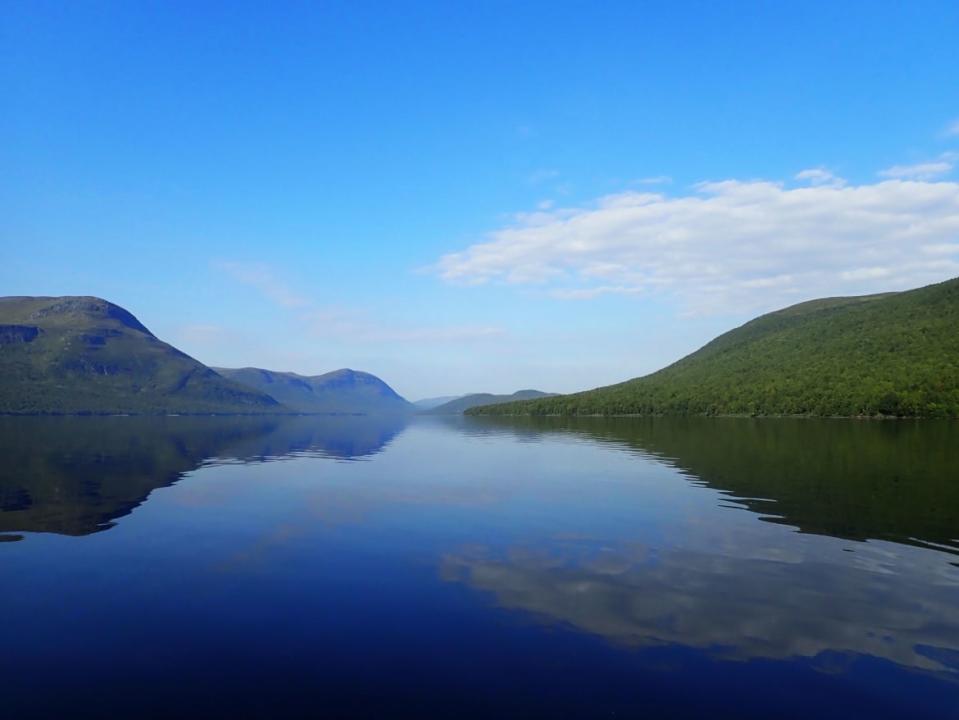
A photo of the field sampling site.
Ludmilla Aristilde, a Northwestern University civil and environmental engineering researcher who was not involved in the work, called it “surprising” but drew attention to a number of its limitations. By only focusing on bacterial growth, the researchers may have missed a telltale warning sign of poor environmental health: The presence of harmful algal blooms.
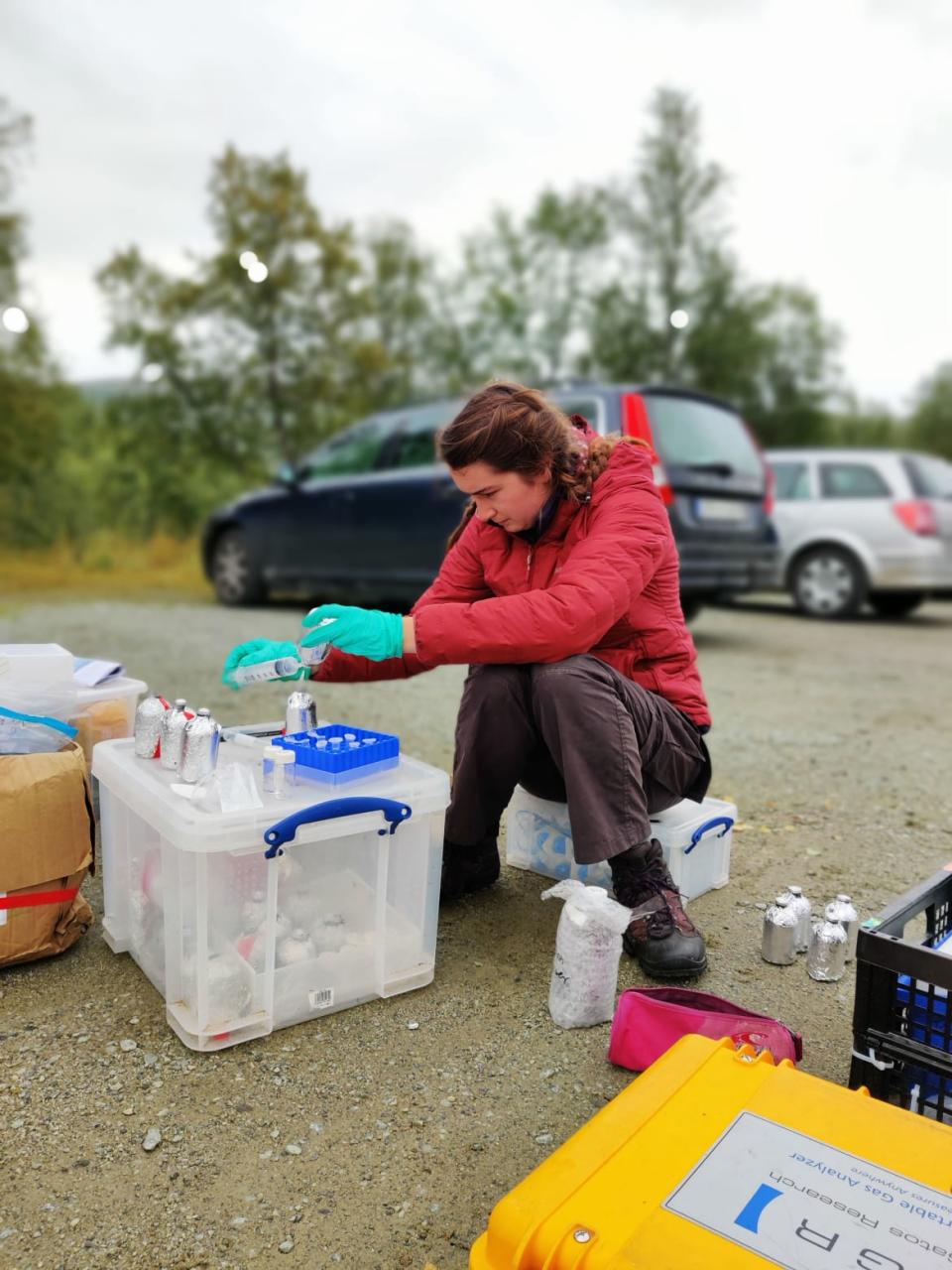
Eleanor Sheridan carrying out the experiment.
“I don’t know how much they have algal bloom problems in Scandinavian lakes, but we know in the Great Lakes and other lakes that it’s a problem that can affect the rest of the drinking water system,” she told The Daily Beast.
There are three main types of plastic, Aristilde said; the focus on just one type suggests that the effects of plastic chemicals may be even more pronounced. And future studies may want to look at the impact of these chemicals in more biodiverse bodies of water.
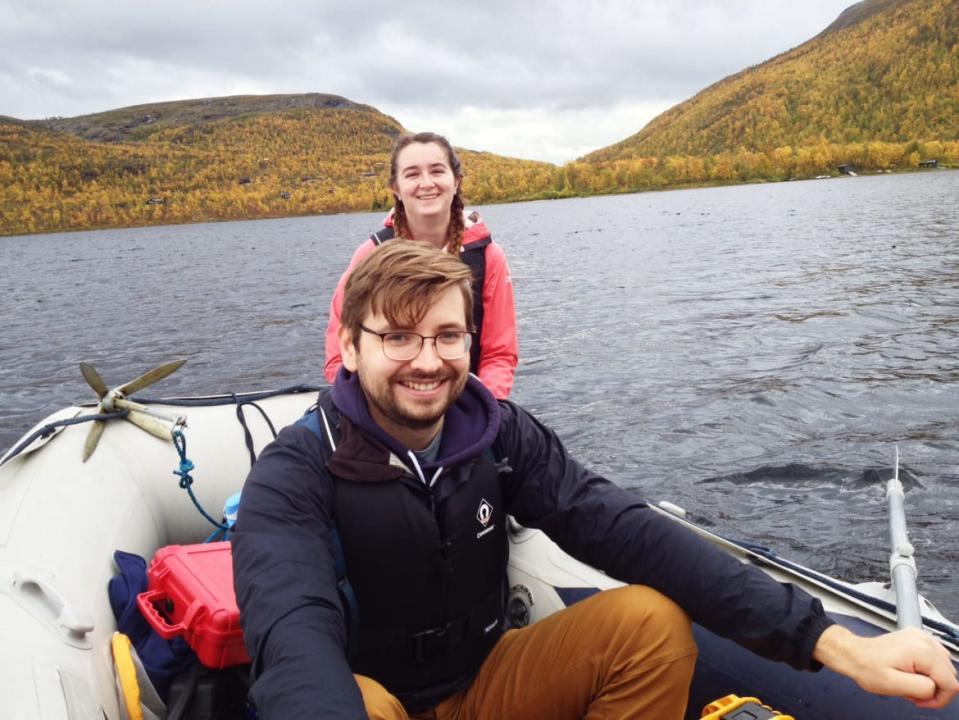
Field sampling.
While the impact of plastic chemicals might be unanticipated or even positive for certain species of bacteria, it’s important for the public to realize that there is no upside to pollution, Aristilde said.
“I go swimming in Chicago’s lake all the time,” she said. “I don’t want people to think that they can just drop their little pieces of plastic in the lake and that’s good for the microbial community.”
Get the Daily Beast's biggest scoops and scandals delivered right to your inbox. Sign up now.
Stay informed and gain unlimited access to the Daily Beast's unmatched reporting. Subscribe now.

